Upholstery Shop
Introduction
Text-to-speech Audio
User Note: Follow the sidewalk to the staircase and follow the stairs down towards Oakland Drive. This path also provides a new perspective to see the site of West Hall and the greenhouse. This building will be on the right at the end of the staircase.
While the Science Building was being constructed, the Heating Plant was being built to power the new campus structures. Along with the main plant, a smaller structure was constructed to connect the tunnel that connected to the Science Building. The building’s use as a heating plant declined in the 1920s and the space was then utilized as a garage for the college. Due to various changes within the departments, the structure changed names and purposes many times throughout the 20th and early 21st centuries.
See below for more information
Images
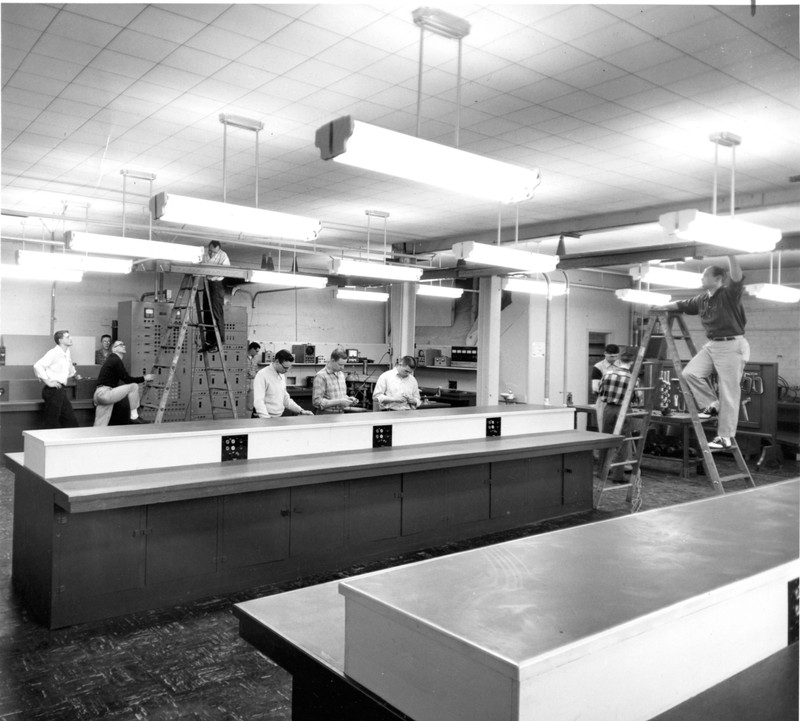
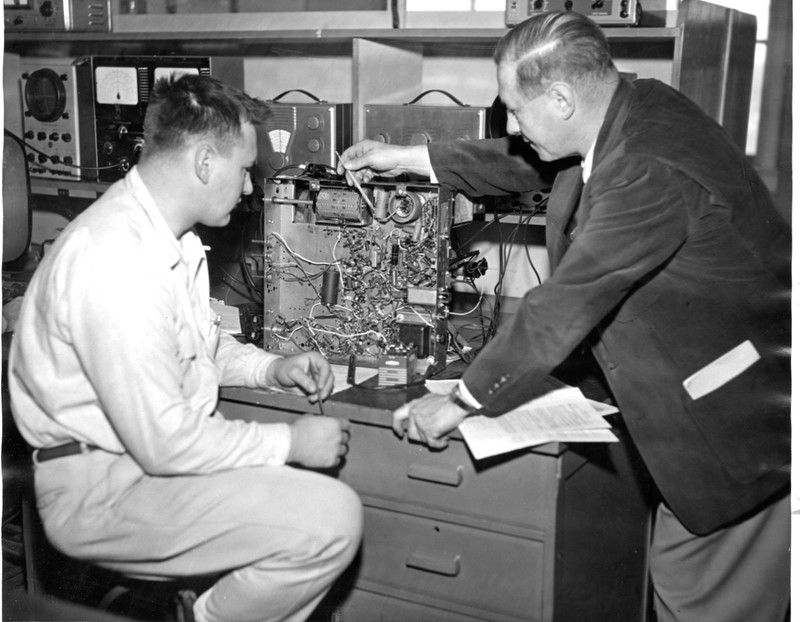
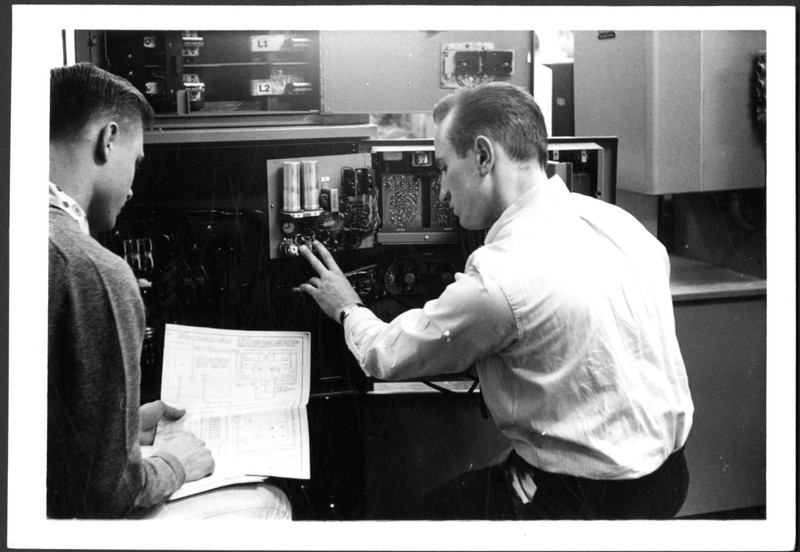
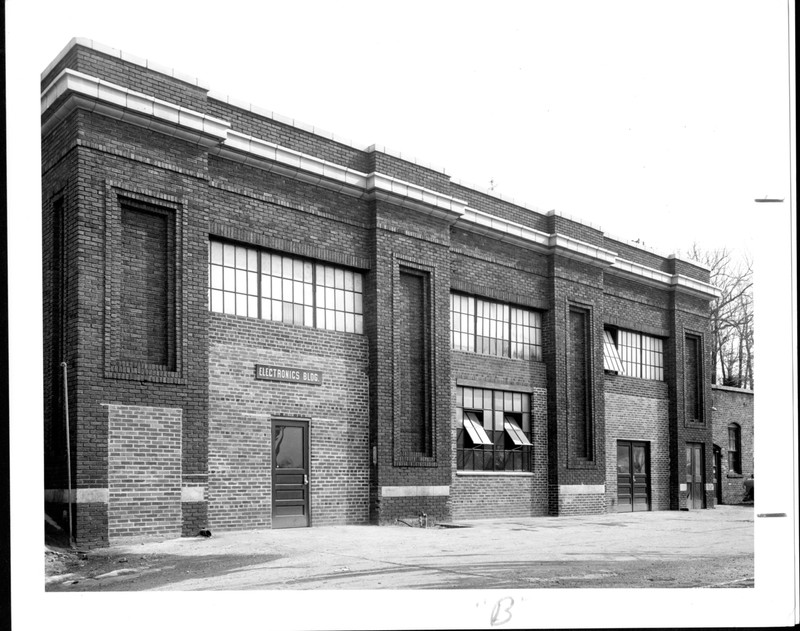
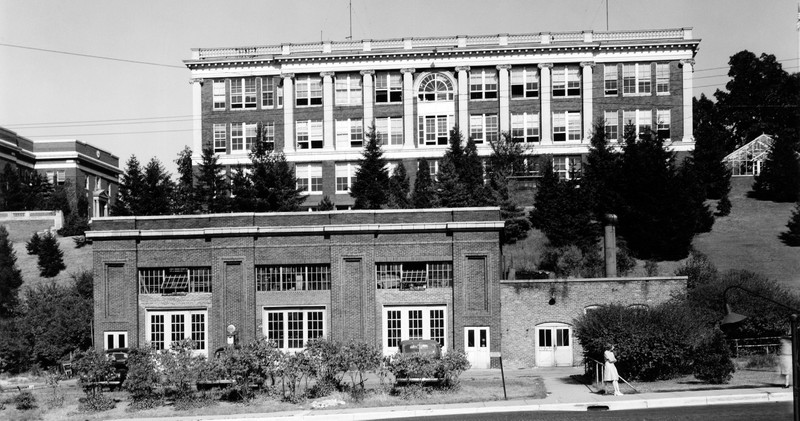
Backstory and Context
Text-to-speech Audio
In 1914, the contract was awarded to architect Ernest W. Arnold for the construction of a heating plant that would power the new Science Building, as well as the other structures located on Prospect Hill. Completed in 1915, the two-story brick structure took inspiration from the classical revival architectural style and features a terra cotta cornice with stone coping.
Due to its purpose as the heating plant, a tunnel was also constructed to house the pipes that ran between the Heating Plant and the Science Building. The Heating Plant provided the school with heat through steam radiators until the 1920s when the State began providing the central heating plant for both the Western State Normal School and the Kalamazoo Psychiatric Hospital.
The building was then renamed the Garage, which lasted until the mid-1950s when it was utilized by the Department of Engineering. Around 1960, the Electronics Building was repurposed for use by the Department of Safety and Security, which lasted until 1970. For around 35 years, the building was known as the Upholstery Shop and was used as a workshop for recovering furniture by Western faculty, including Bart L. Leatherman, Robert G. Swinehart, and Peggy J. Swinehart.
Despite the demolition of West Hall in 2013, this building and the tunnel structure were left intact, and the building is now known as either the Industrial Design Building or the Upholstery Shop.
Sources
“East Campus Historic District,” National Register of Historic Places Continuation Sheet (Washington, DC: U.S. Department of the Interior, National Park Service, 1978), Section 7.
Carlson, Sharon; Glatz, Jason, WMU Facilities Management. “WMU Campus History” [storymap], https://campus-history.library.wmich.edu/index.html. (Accessed February 17, 2022)
Rep. Buildings and Grounds - Undergraduate Catalog. Kalamazoo, MI: Western Michigan University, 1968.
